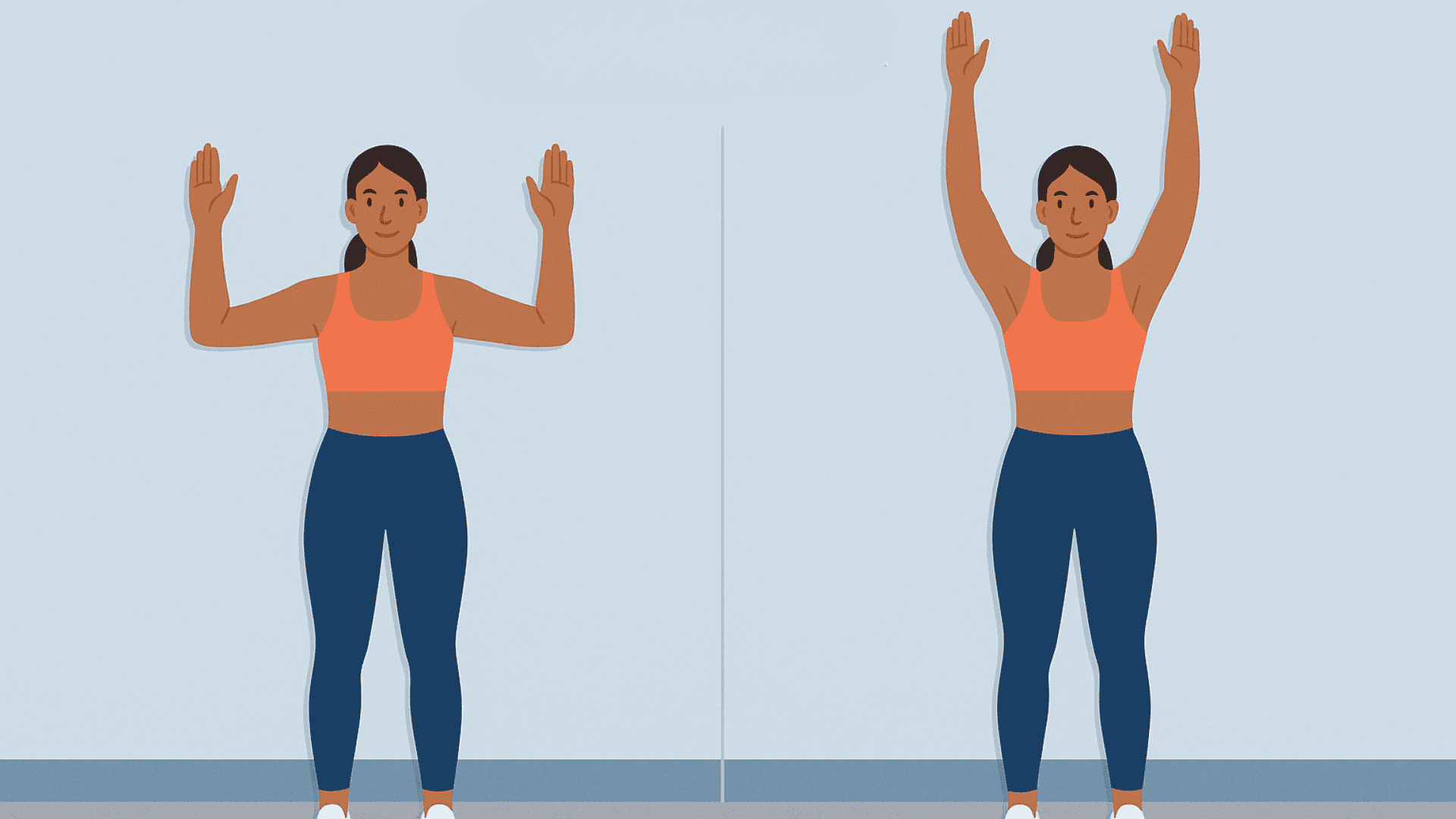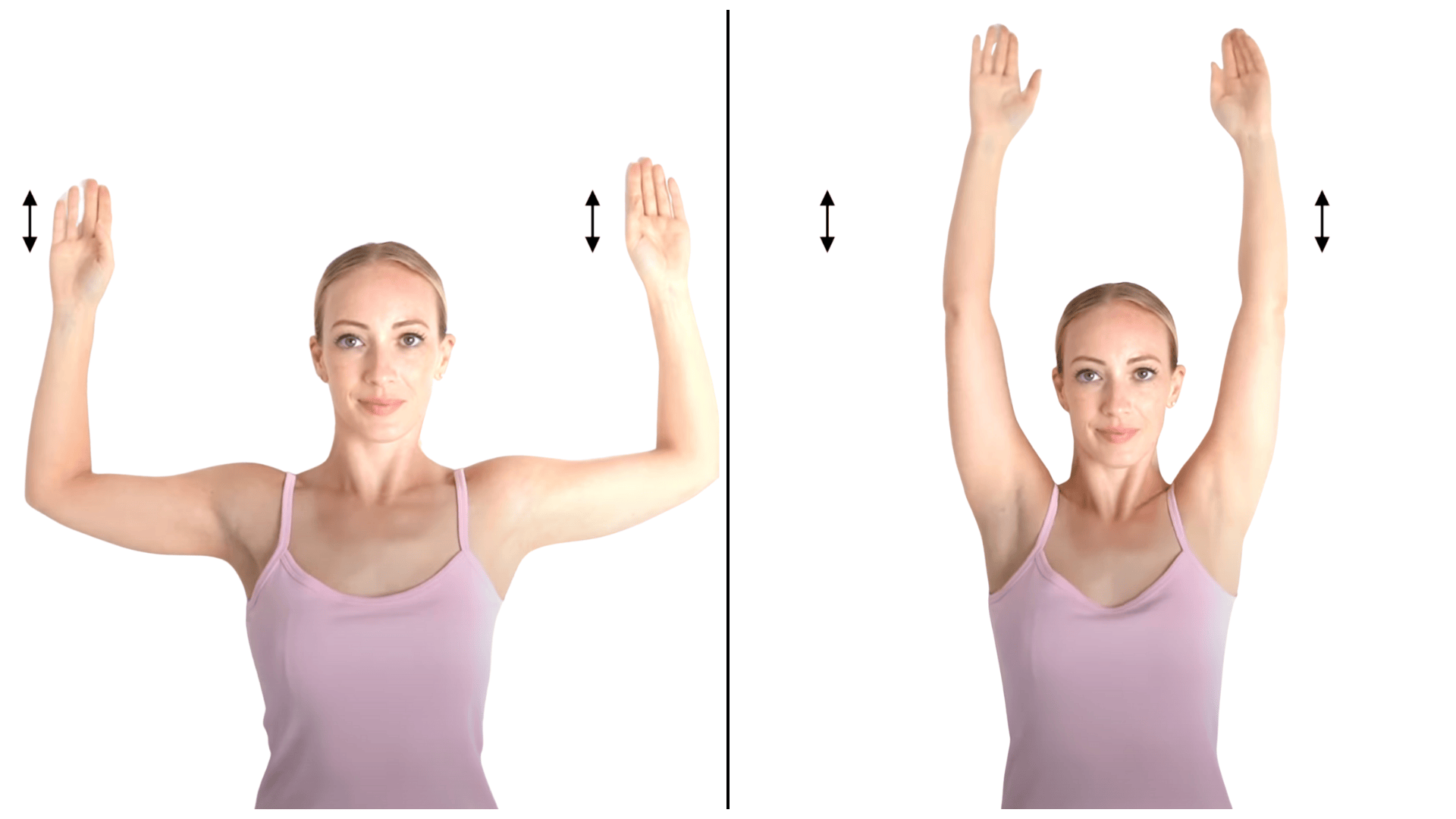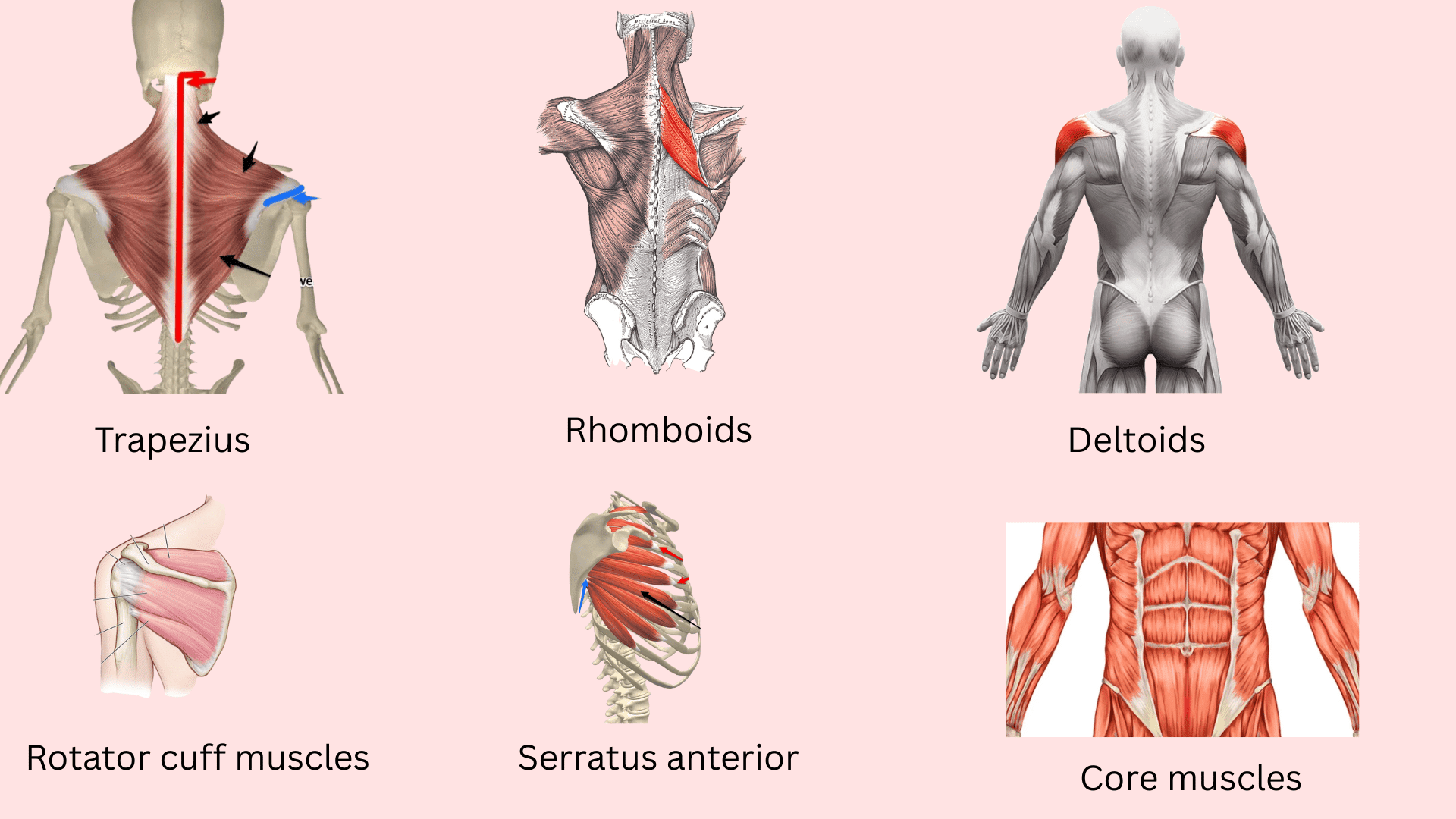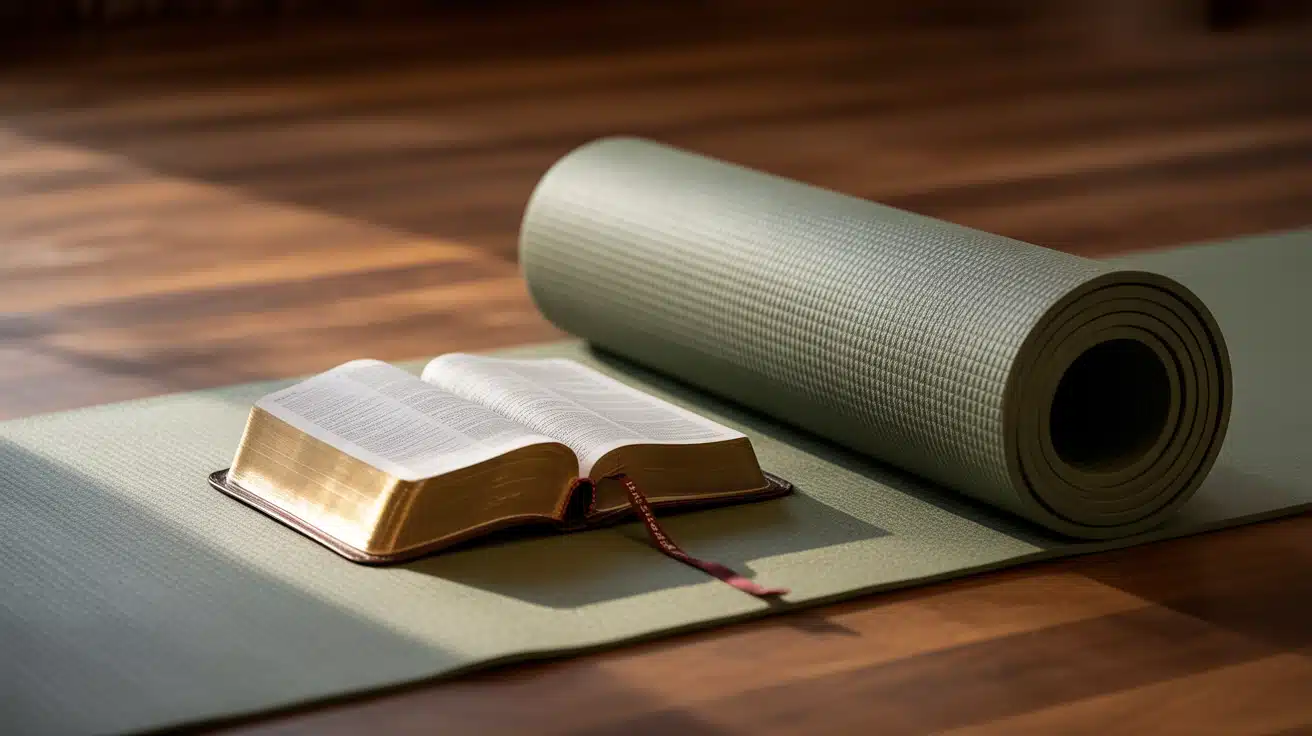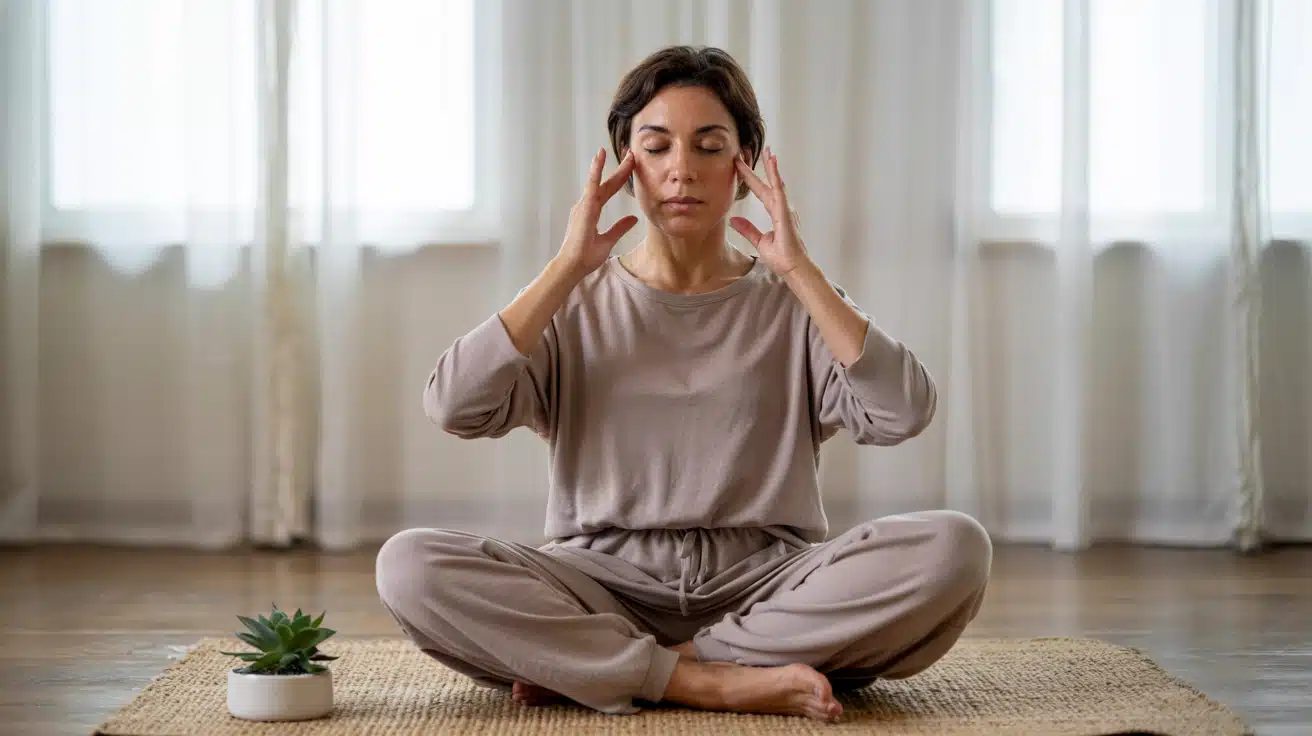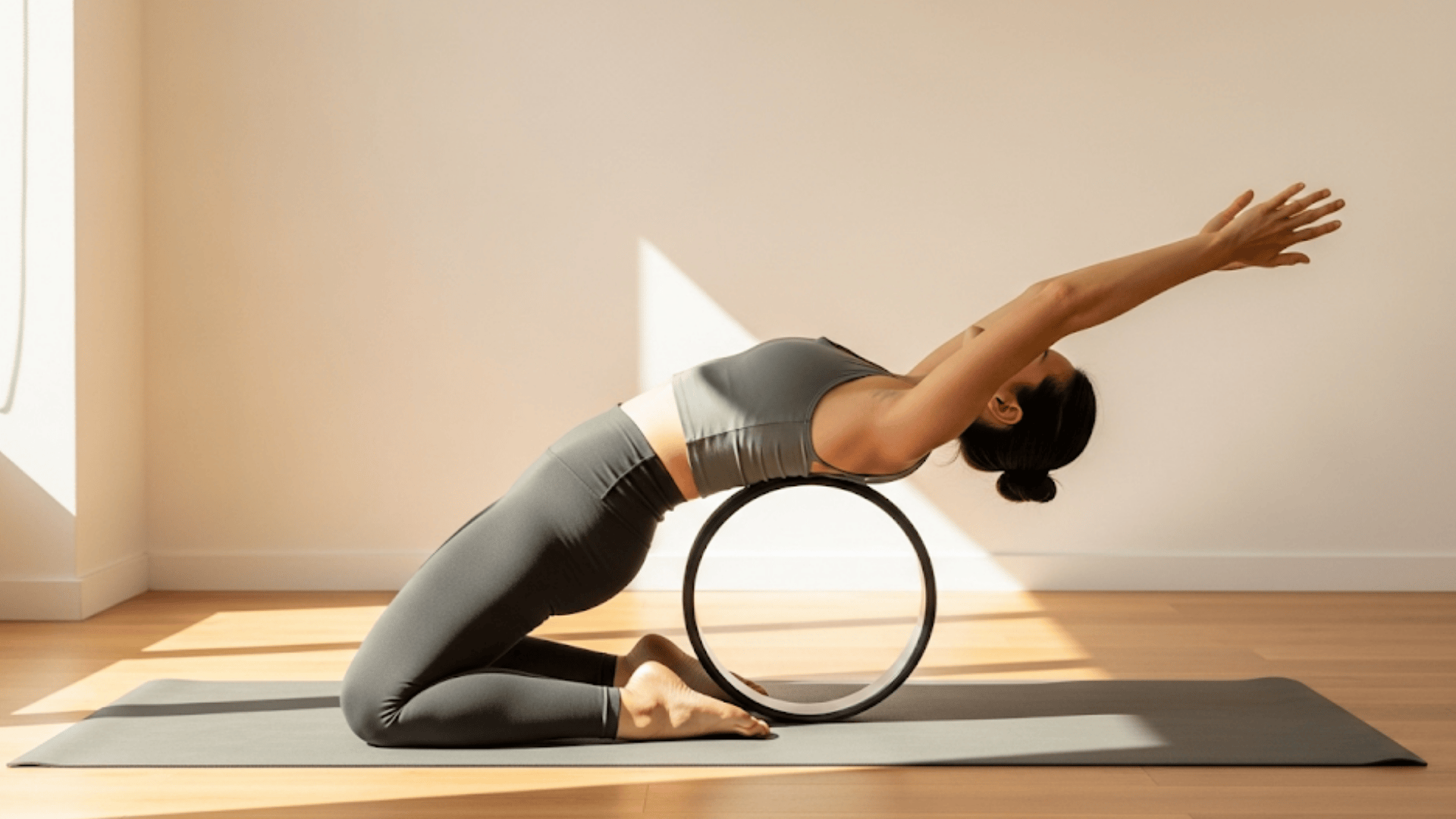For anyone who spends long hours at a desk or finds their shoulders rounding forward, poor posture has become a modern problem.
This can lead to tension and discomfort in the upper back and neck. However, the Wall Angels exercise offers a straightforward yet powerful approach to addressing this issue.
This simple movement not only helps improve posture but also strengthens key muscles that support your shoulders and upper back.
It is a fantastic option for anyone looking for a quick and effective way to counteract the physical effects of modern life.
In this guide, we’ll cover what Wall Angels are, how to perform them, the muscles they target, and their benefits for improving posture and mobility.
Who Should Do Wall Angels?
The Wall Angels exercise is a simple movement where you stand against a wall and move your arms like you’re making a snow angel.
Wall Angels are particularly helpful for individuals who spend a significant amount of time sitting, such as office workers and students who frequently use computers and phones.
The exercise helps to counteract the rounded shoulders that can result from a sedentary lifestyle.
Athletes can also benefit from Wall Angels, as the movement promotes shoulder health and mobility, both of which are essential for sports.
Additionally, the exercise can be a beneficial option for individuals experiencing back or neck pain related to poor posture.
This exercise is widely used in physical therapy and athletic programs because it’s effective at opening up your chest and activating the muscles in your upper back.
How to Do Wall Angels Correctly?
Learn the proper technique for performing wall angels to achieve better posture, stronger shoulders, and enhanced mobility.
Step-by-Step Instructions
Step 1: Establish a proper stance and set up the wall. Begin by standing with your back flat against a wall. Your heels should be positioned about 2 to 3 inches away from the wall, and you should gently press your lower back against it.
Step 2: Arm positioning. Bend your elbows to a 90-degree angle and place them against the wall in a “goal post” shape. Ensure that your ribcage stays down and you avoid arching your lower back.
Step 3: Controlled movement. Slowly slide your arms upward as if you are reaching overhead, all while keeping them in contact with the wall. Then, with control, slowly lower your arms back to the starting position
Pro tip: If it’s too challenging, take a small step away from the wall or focus on keeping just elbows and back in contact.
Recommended Sets and Reps for Wall Angel Exercise
- Beginners: 2–3 sets of 8–10 reps
- Intermediate: 3 sets of 12–15 reps
- Frequency: 3–4 times per week
Video Tutorial
I’d like to give credit to Rehab My Patient for their informative video, which served as a reference for this guide.
Muscles Worked in Wall Angels
Wall angels target the upper back, shoulders, and core muscles that support posture and mobility.
1. Trapezius (upper and Middle Fibers)
This large back muscle helps keep your shoulders in a stable position and assists in retracting your shoulder blades. The trapezius can also help support an upright posture.
2. Rhomboids
The rhomboids are a group of muscles located deep to the trapezius that are essential for pulling the shoulder blades together. They also help stabilize the shoulder and play a role in actions such as throwing and overhead arm movements.
3. Deltoids (Rear Shoulder)
The deltoid is a large, triangular muscle that forms the rounded part of your shoulder. It helps you move your arm in various directions and is crucial for maintaining shoulder stability.
4. Rotator Cuff Muscles
The rotator cuff is a group of four muscles and their tendons that surround the shoulder joint. They are crucial for stabilizing the humerus (upper arm bone) in its socket and allowing for a wide range of movement, including rotating and lifting your arm.
5. Serratus Anterior
This fan-shaped muscle wraps around your ribcage and is important for the movement and stability of your shoulder blade. It helps to keep the shoulder blade pressed against your back and assists with upward rotation, which is needed for overhead lifting.
6. Core Muscles
The core is a group of muscles in your trunk and hips that support your spine and pelvis. A strong core provides stability for your body, facilitates proper movement, and can enhance your posture.
Benefits of Wall Angels
Wall angels offer powerful benefits for improving posture, enhancing mobility, and promoting shoulder health.
- Posture correction: The movement helps counter the effects of slouching and a forward head position, which are common side effects of device use.
- Improved shoulder mobility: Wall Angels help support better movement for overhead activities.
- Strengthened stabilizers: This exercise targets the muscles that keep your shoulders stable, thereby reducing the risk of injury.
- Upper Back Activation: By engaging the upper back, this exercise can help relieve tension often caused by prolonged periods of sitting.
- Better athletic performance: Consistent practice can help improve the mechanics of throwing, lifting, and pressing.
Wall Angels vs. Wall Slides
Many people confuse wall angles with wall slides. Here’s how they compare:
| Feature | Wall Angels | Wall Slides |
|---|---|---|
| Arm motion | Snow-angel style (wide arc) | Straight up and down path |
| Muscle focus | Upper back, shoulders, posture | Shoulder mobility, overhead reach |
| Difficulty level | Moderate | Beginner-friendly |
Looking Ahead
The Wall Angels exercise is a simple yet powerful way to improve your posture, relieve tension, and strengthen important upper body muscles.
Whether you’re an office worker looking to combat slouching or an athlete seeking improved mobility, incorporating this movement into your routine can make a significant difference.
The consistent effort of doing a few sets daily can retrain your muscles and help you feel more comfortable and aligned.
We’ve reviewed the correct way to perform the exercise, the muscles involved, and the numerous benefits it offers.
Start with just a few repetitions today and consider combining them with other posture-friendly exercises, such as planks, for optimal results.

